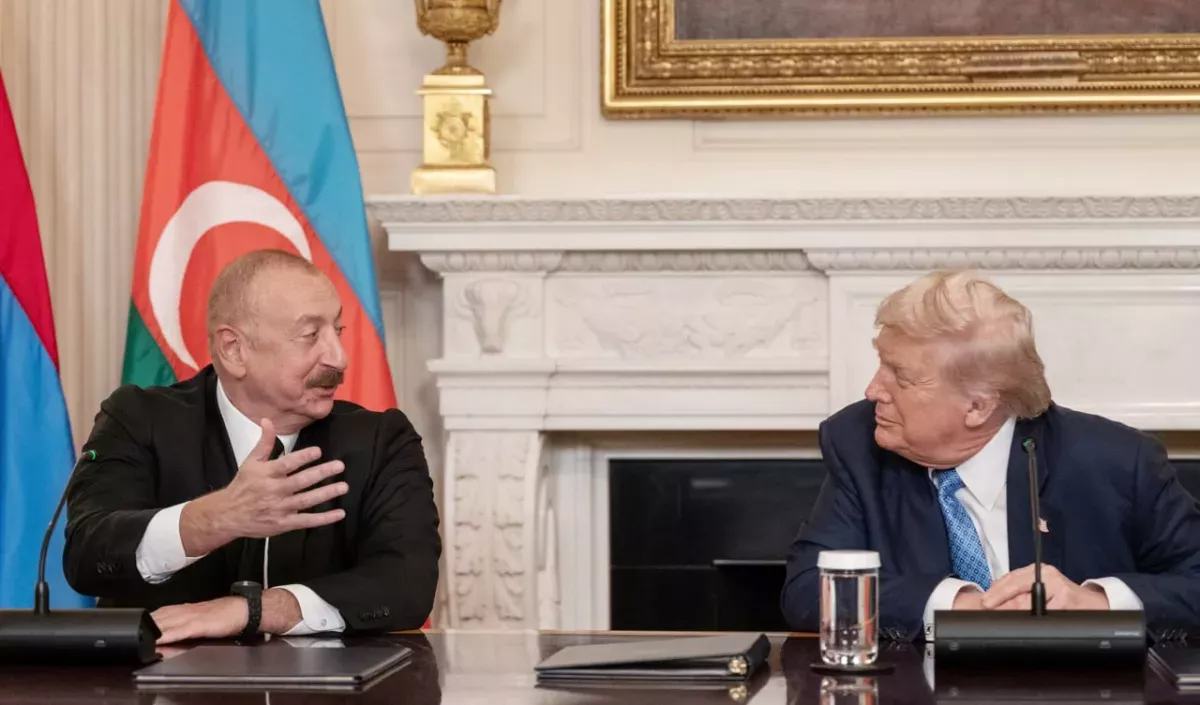Paul Goble on Zangezur Corridor and geopolitical dynamics in South Caucasus interview with Caliber.Az
In a blitz interview with Caliber.Az, American analyst and former US State Department adviser Paul Goble assessed the shifting geopolitical landscape of the South Caucasus. Reflecting on his 1992 peace plan proposing a territorial exchange between Azerbaijan and Armenia, he highlighted Azerbaijan’s growing dominance and its strategic pursuit of a land corridor to Nakhchivan, alongside Armenia’s reliance on US support. Goble also examined renewed US engagement under President Trump, contrasted with previous administrations, and considered potential responses from Moscow and Tehran. The discussion offers a concise yet nuanced view of the strategic dynamics shaping the region today.

— Some time ago, you authored a peace plan proposing a territorial exchange between Azerbaijan and Armenia, which was thought to have the potential to halt hostilities. However, time has changed the circumstances: Azerbaijan has grown significantly stronger and rewritten the rules set in those years by the great powers. How do you now see the configuration of communications and the balance of power in the South Caucasus following the Washington summit?
— The infamous Goble plan was proposed in January 1992, immediately after the collapse of the USSR, and envisaged an exchange: Yerevan would receive Karabakh, while Baku would gain Zangezur as a means to end the war. Since then, many people have died or gone missing, and the full toll of the conflict remains uncounted. But now Baku has reclaimed Karabakh and seeks a land corridor to Nakhchivan. Azerbaijan is undoubtedly the dominant power in the South Caucasus. Yerevan hopes that the current agreement will satisfy Baku, will not threaten Armenian statehood, and relies on the United States maintaining this position.
— What is the significance of the US presence in the South Caucasus? How serious and lasting is it? What is Trump’s interest, and why, for example, did such interest in the South Caucasus not manifest under Presidents Obama and Biden?
— The United States has long been interested in the South Caucasus as a route for transporting oil and gas from the Caspian basin and Central Asia, and as a means of constraining Iran. This approach has not changed. President Trump saw an opportunity and seized it. This reflects his confidence that he can achieve a great deal independently, and his desire to push not only the Russian Federation but also European powers out of this region. I think it is incorrect to say that there was no interest under Obama and Biden. Rather, what has changed is Russia’s aggressiveness and Washington’s efforts to find ways to manage it in Ukraine and elsewhere.

— How will Moscow react to the complete failure of its control over the South Caucasus? Could the region become a battleground between Russia and the US?
— Geopolitical competition will exist, but it is unclear how intense it will be. For Moscow, the region is of existential importance; for the United States, it is far less so. Therefore, if the US, which is quite likely, turns its attention elsewhere for a time, Russia will advance without encountering significant resistance.
— Will Iran accept TRIPP? How can the Islamic Republic of Iran be convinced that this corridor serves its interests?
— Iran has stated that it will agree to the corridor provided Armenian sovereignty is preserved and Western military intervention is prevented. However, in my view, whether the latter will be possible remains an open question. Events surrounding the corridor may unfold in various ways. Everything depends on whether the parties are committed to dialogue. One hopes that the corridor will become a zone of compromise and understanding.








